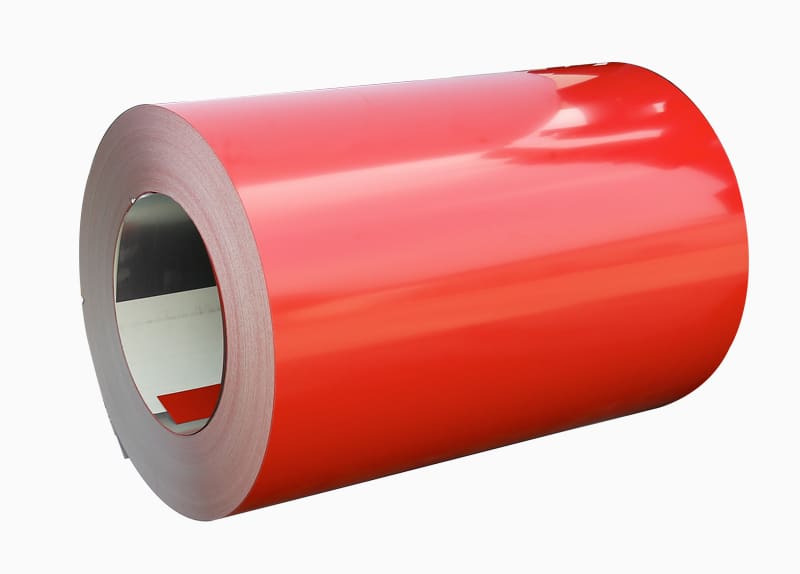Summary: The primer and pretreatment processes for PPGI (Pre-Painted Galvanized Iron) coils are crucial for ensuring proper adhes...
The primer and pretreatment processes for PPGI (Pre-Painted Galvanized Iron) coils are crucial for ensuring proper adhesion, corrosion resistance, and the overall quality of the final coated product. Here's a detailed overview of the primer and pretreatment process for PPGI coils:
1. Surface Inspection:
Before any treatment begins, the PPGI coils undergo a visual inspection to identify any surface defects, contaminants, or irregularities that may need special attention.
2. Degreasing:
The first step in the pretreatment process is degreasing. This is essential for removing oils, greases, dirt, and other organic contaminants from the coil's surface.
Degreasing can be accomplished through various methods, including alkaline or solvent cleaning.
3. Rinsing:
After degreasing, the coils are thoroughly rinsed to remove any residual cleaning agents and contaminants.
Rinse water quality is critical to prevent the reintroduction of contaminants onto the surface.
4. Surface Conditioning:
Surface conditioning treatments, such as mechanical abrasion or chemical treatments, may be employed to improve surface adhesion.
Abrasion methods, like sanding or brushing, create a textured surface for better coating adhesion.
5. Phosphating or Chromating:
A critical step is the application of a phosphate or chromate conversion coating. This coating chemically bonds to the metal surface and provides enhanced adhesion and corrosion resistance.
Zinc phosphate or iron phosphate coatings are commonly used for this purpose. Chromate coatings are also used in some applications, although they are less environmentally friendly.
6. Rinsing and Drying:
After phosphating or chromating, the coils are thoroughly rinsed to remove excess chemicals and contaminants.
Drying is essential to ensure that the coil surface is clean, dry, and ready for the application of the primer.
7. Application of Primer:
The primer is applied to the pretreated PPGI coil using methods like spraying, rolling, or brushing.
The choice of primer type (e.g., zinc-rich primer, epoxy primer, etc.) depends on the specific application and desired performance characteristics.
8. Curing or Drying:
After the primer application, the coated coil is subjected to a curing process where it is heated to a specific temperature to allow the primer to bond and harden.
9. Topcoat Application (Optional):
In some cases, a topcoat may be applied over the primer to provide additional protection, color, and finish.
10. Final Inspection:
The coated PPGI coils undergo a final quality control inspection to ensure that the coating is uniform, adheres properly, and meets the required standards.
The specific details of each step, including chemical formulations, temperatures, and dwell times, may vary depending on the manufacturer's process and the intended application of the
PPGI coil. Properly executed primer and pretreatment processes are critical for achieving high-quality, durable coatings with excellent adhesion and resistance to environmental factors.





